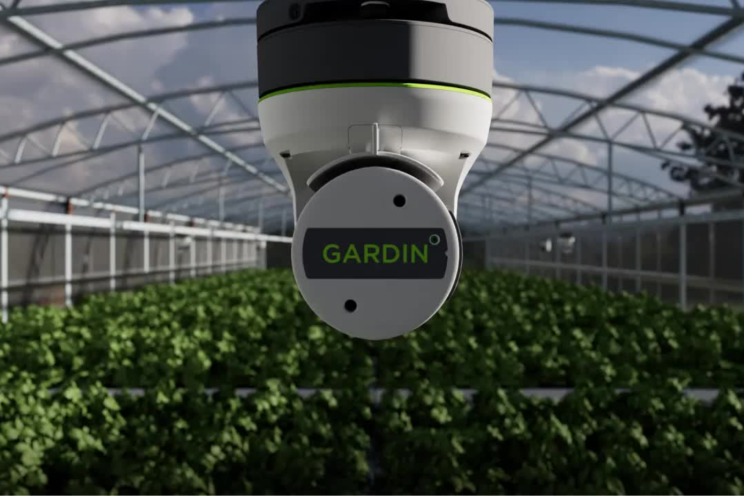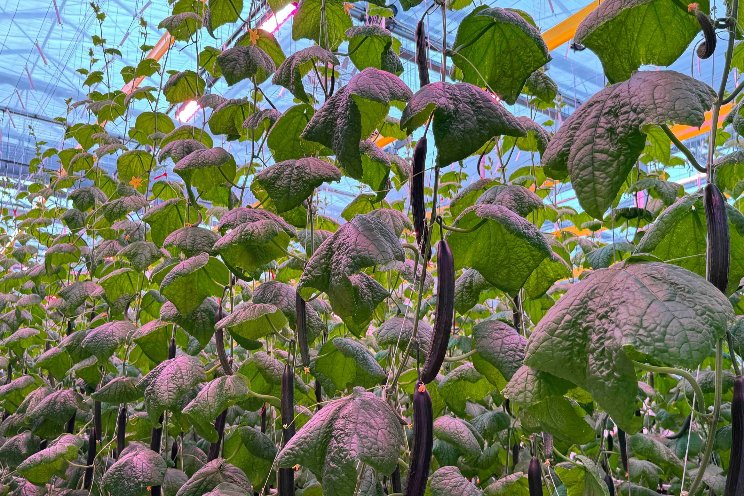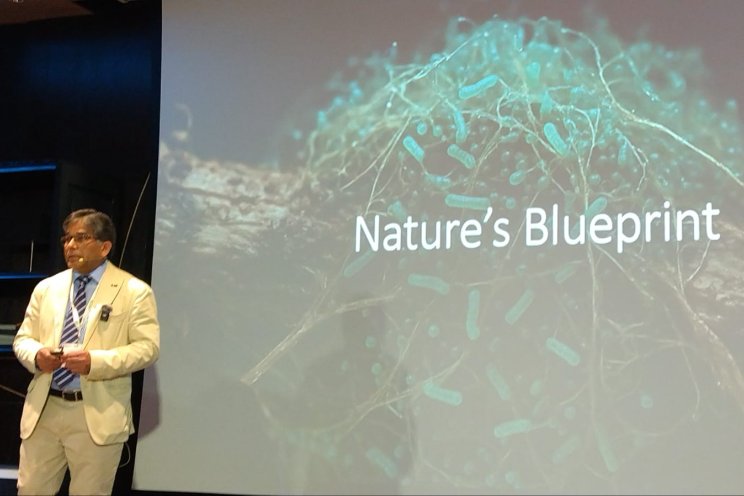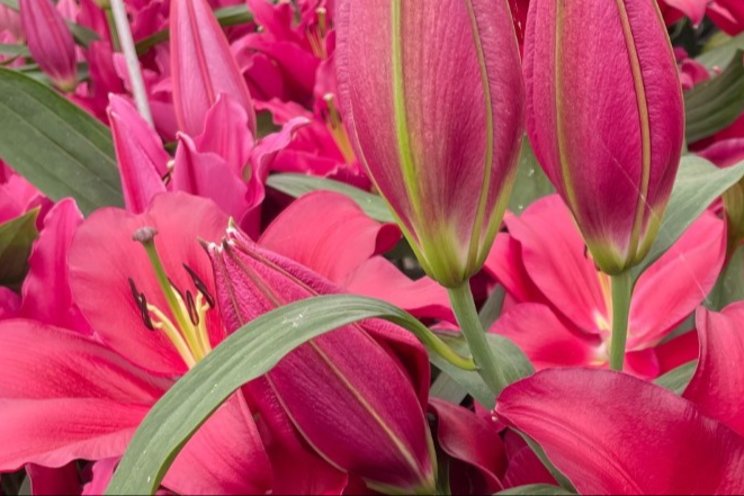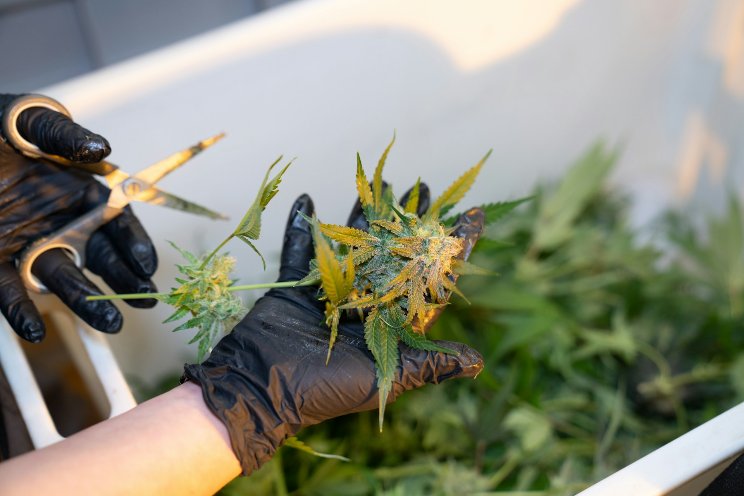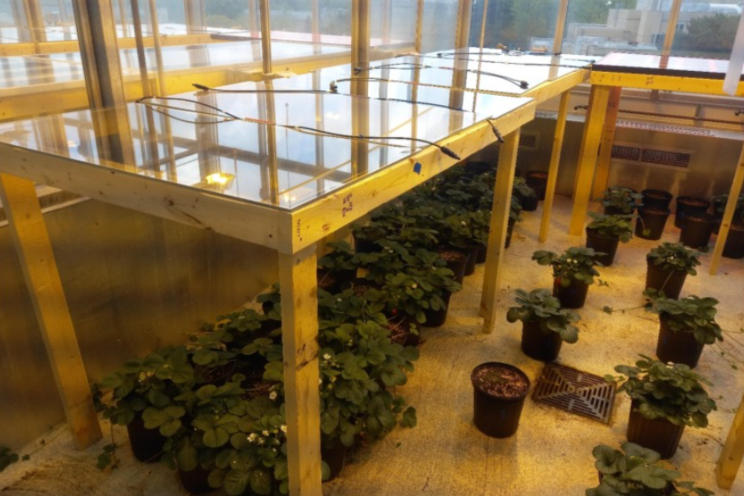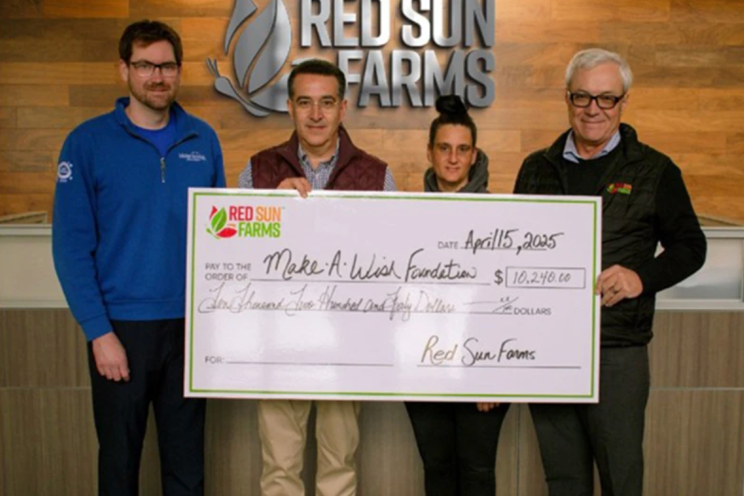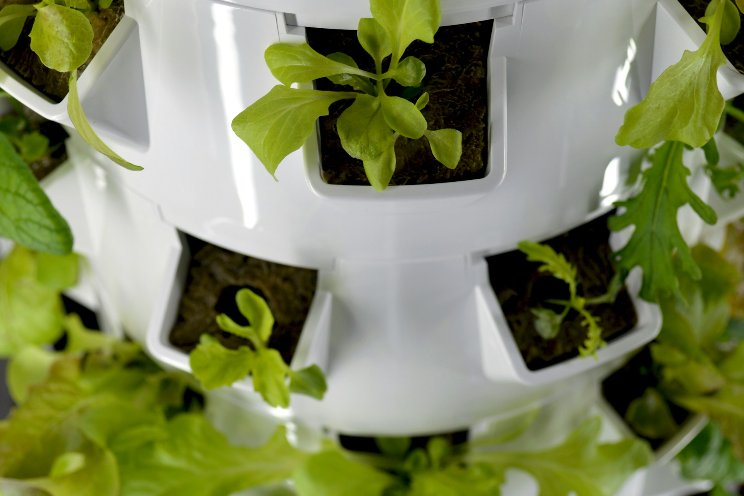Cannabis water use efficiency under more supplemental light
Added on 12 January 2024
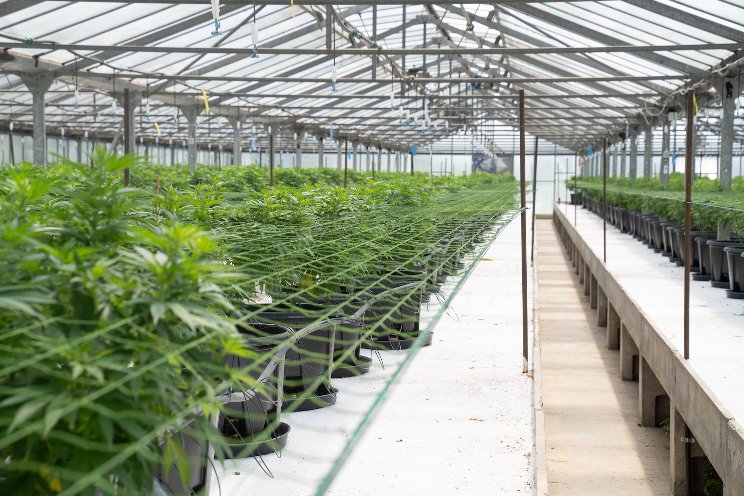
As the cannabis market opens in the U.S., resources such as water and energy are in higher demand to increase production and quality. However, water shortages are a growing concern in many states due to climate change, population growth and lack of infrastructure, among others. The CEA-NCSU-Coalition at North Carolina University studies how cannabis utilizes water under different lighting levels with the goal of increasing plant growth and yield with less water.
In order to achieve the ambitious goal and help growers, Professor Ricardo Hernández and Current partnered in a 3-year journey. As a leader in horticultural lighting, Current, works with some of the world’s pre-eminent horticulture research institutions to ensure its lighting technology is rooted in science and a deep understanding of plant biology.
The CEA-NCSU-Coalition specializes in Control Environment Agriculture (CEA) from speed breeding in micropropagation vessels to greenhouse and vertical farm production. As part of the team, Cristian Collado, a researcher and agronomist who specializes in indoor crop physiology, production and CEA systems, has designed and led the advanced greenhouse system and projects to produce cannabis crops under CEA conditions.
Using Current’s Arize Element L1000 LED top lighting in a greenhouse setting, we explored the impact of light levels on the production of cuttings, plant growth, flower production, quality, and water use of a Cannabis sativa variety commonly cultivated for its high levels of CBD. The impact of different levels of light throughout the vegetative and reproductive phases of growth was isolated by controlling all other environmental factors such as temperature, fertigation, CO2 and water usage.
IMPLICATIONS OF HIGHER LIGHT LEVELS, VEGETATIVE GROWTH AND WATER USE
Maximizing the number of branches and stimulating the nodal points between which cuttings can be taken is critical for nurseries whose primary goal is to produce cannabis clones for sale. In addition, increasing nodal points also increases the potential flower yield. Therefore, the vegetative yield (branching/nodal points) and water-use efficiency (branches per volume of water) in response to supplemental light intensity were studied for greenhouse cannabis.
Photo by CRYSTALWEED cannabis on Unsplash
More news
